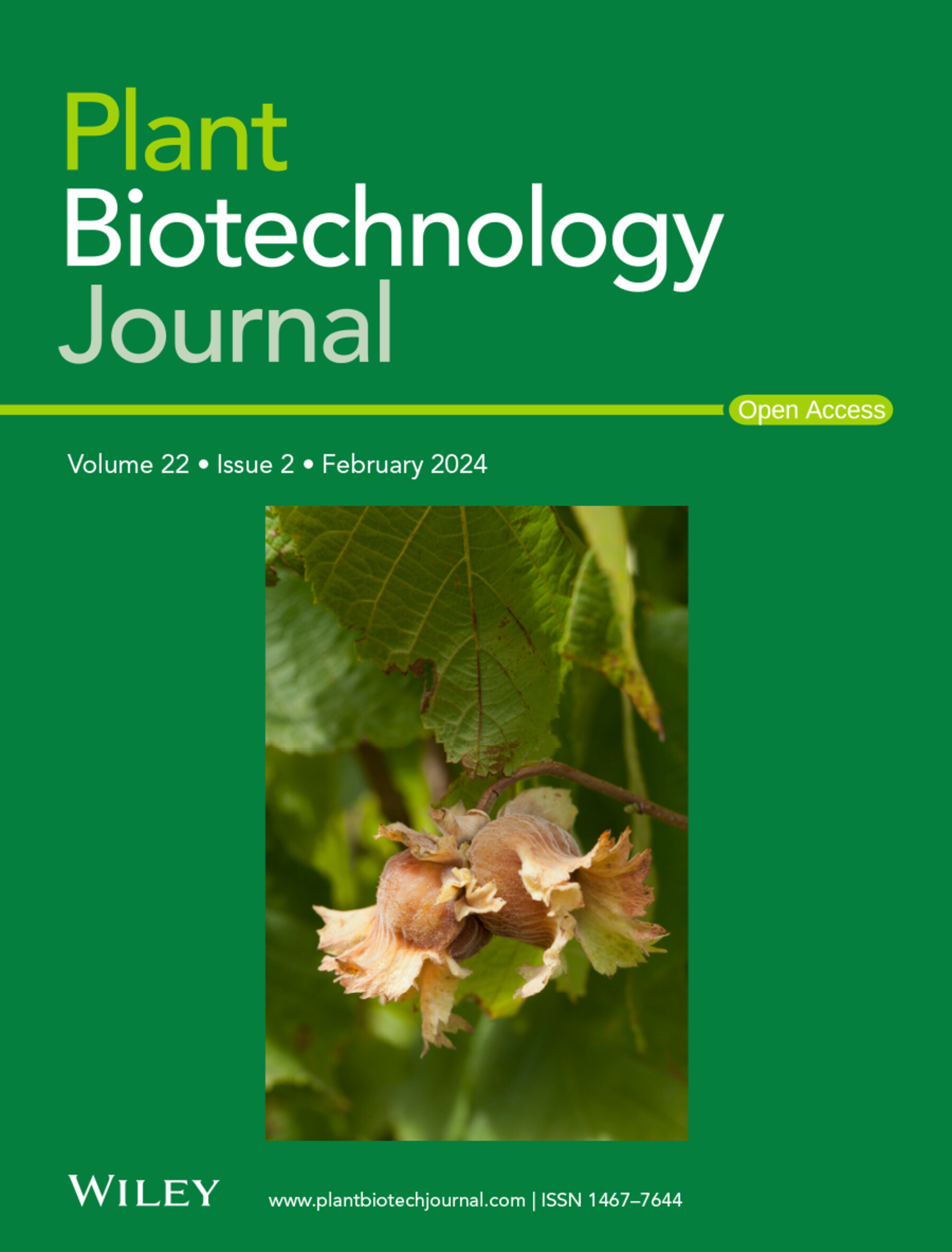Engineering Cyanobacteria for High-Yield Photosynthetic Isoprene Production With Long-Term Phenotypic Stability.
IF 10.5
1区 生物学
Q1 BIOTECHNOLOGY & APPLIED MICROBIOLOGY
引用次数: 0
Abstract
In light of the looming climate crisis, a key cornerstone for a sustainable bioeconomy is photosynthetic production of chemicals and fuels from CO2 and water, powered by sunlight. Isoprene is a five-carbon volatile hydrocarbon with industrial use as a feedstock for rubber production and chemical synthesis and is, at present, generated from crude oil sources. It is, however, possible to produce isoprene using photoautotrophic microorganisms such as cyanobacteria, heterologously expressing the plant enzyme isoprene synthase. Here, we have employed diverse metabolic engineering strategies to develop new strains of the unicellular cyanobacterium Synechocystis sp. PCC 6803 capable of high-level isoprene production from CO2, and have characterised the resulting strains regarding growth, stability and productivity. The new isoprene-producing strains address several challenges in large-scale photobiotechnological production such as genetic and metabolic stability, biosafety and thermotolerance. Moreover, we tested photosynthetic terpenoid production in photobioreactors under process-relevant conditions, achieving the highest volumetric productivities reported so far for a terpene or terpenoid product in cyanobacteria, reaching 148 mg L-1 day-1. Furthermore, we identified and discussed process limitations, laying the foundation for further strain and process engineering towards highly efficient and stable cyanobacterial hydrocarbon production at large scale without selection pressure.具有长期表型稳定性的高产光合异戊二烯工程蓝藻。
鉴于迫在眉睫的气候危机,可持续生物经济的一个关键基石是由阳光驱动的二氧化碳和水的化学物质和燃料的光合作用生产。异戊二烯是一种五碳挥发性烃,在工业上用作橡胶生产和化学合成的原料,目前由原油来源产生。然而,利用异戊二烯合成酶异源表达植物酶蓝藻等光自养微生物生产异戊二烯是可能的。在这里,我们采用了多种代谢工程策略来开发新的单细胞蓝细菌Synechocystis sp. PCC 6803菌株,能够从二氧化碳中产生高水平的异戊二烯,并对所得菌株的生长、稳定性和生产力进行了表征。新的异戊二烯生产菌株解决了大规模光生物技术生产中的几个挑战,如遗传和代谢稳定性、生物安全性和耐热性。此外,我们在与工艺相关的条件下测试了光生物反应器中光合萜类化合物的生产,在蓝藻中获得了迄今为止报道的最高萜类化合物或萜类化合物产品的体积生产率,达到148 mg L-1 day-1。此外,我们确定并讨论了工艺限制,为进一步的菌株和工艺工程奠定基础,以实现高效和稳定的大规模蓝藻烃生产,而无需选择压力。
本文章由计算机程序翻译,如有差异,请以英文原文为准。
求助全文
约1分钟内获得全文
求助全文
来源期刊

Plant Biotechnology Journal
生物-生物工程与应用微生物
CiteScore
20.50
自引率
2.90%
发文量
201
审稿时长
1 months
期刊介绍:
Plant Biotechnology Journal aspires to publish original research and insightful reviews of high impact, authored by prominent researchers in applied plant science. The journal places a special emphasis on molecular plant sciences and their practical applications through plant biotechnology. Our goal is to establish a platform for showcasing significant advances in the field, encompassing curiosity-driven studies with potential applications, strategic research in plant biotechnology, scientific analysis of crucial issues for the beneficial utilization of plant sciences, and assessments of the performance of plant biotechnology products in practical applications.
 求助内容:
求助内容: 应助结果提醒方式:
应助结果提醒方式:


